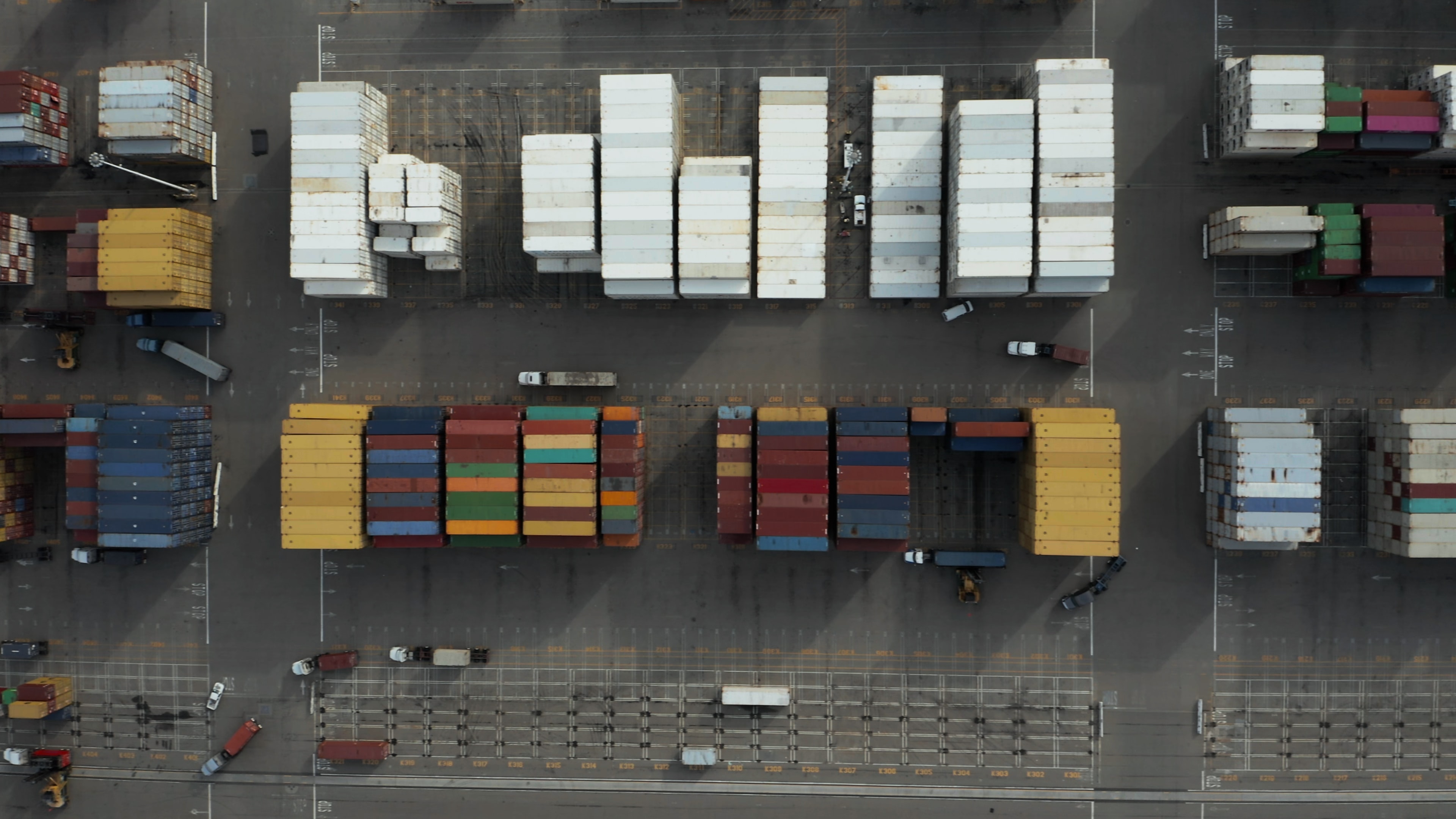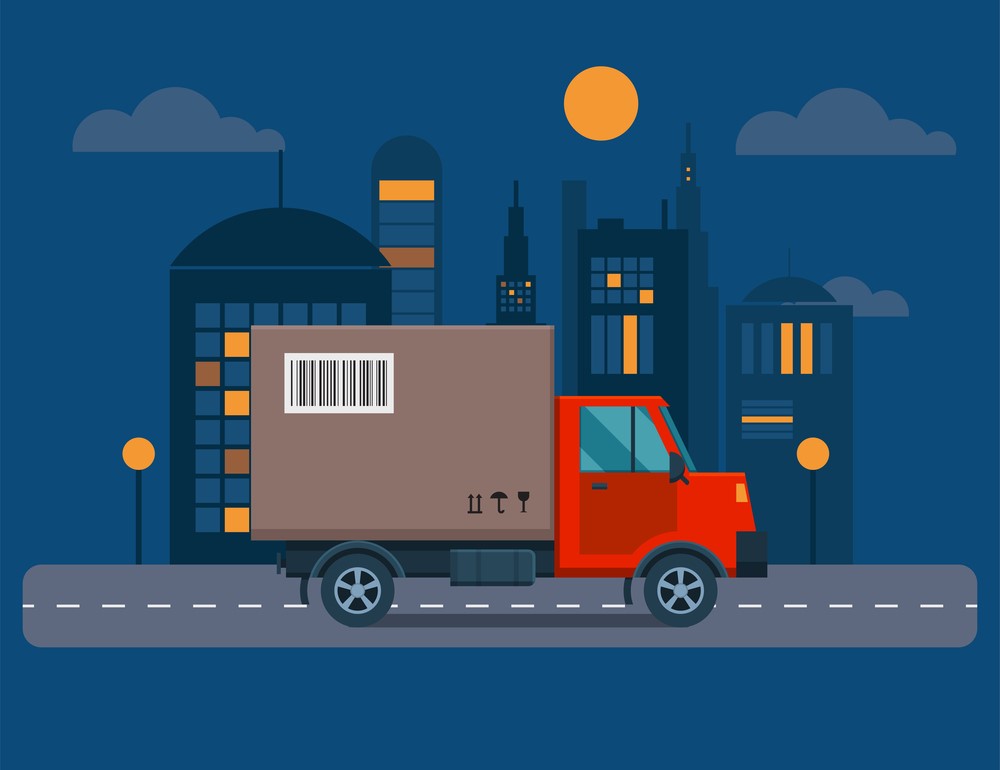In the last few years, pressure has been mounting on shippers to take more and more trucks off the road and reduce the amount of freight on the tarmac. For environmental reasons, politicians and the global scientific community have pressed the shippers to reduce the number of one-way truck shipments. Essentially, this means increasing efficiency and bringing the numbers of empty trucks down to an absolute minimum.
At the current growth rates, shipping could represent some 10% of global greenhouse gas emissions by 2050. It’s not just politicians and environmentalists pushing for this reduction either, the shipping companies have a vested interest in this reduction due to a number of factors including:
Capacity
After the economic recessions almost a decade ago, a lot of freight carriers went bust or reduced the size of their fleet. At current, this isn’t such a problem, but as the economy revs up, we could find ourselves with a lot of products to move, and no trucks to move them.

Fuel
Fuel prices are always rising. Regardless of the occasional drop from year to year, over the past 50 years, fuel prices have consistently increased, due to a finite amount of oil. Freight carriers want to protect themselves from the volatile nature of fuel prices and so are looking for cheaper methods or fewer trucks.
What About Slow Steaming?
Slow steaming refers to a practice whereby the speed of the ship is reduced. It basically means that the ship's engine is not used at full power, which reduces saves fuel and reduces CO2 emissions. Reducing ship speed by 10% will lead to a 27% reduction of the ship's emissions. If ships were to slow-steam, the available capacity on the market would be reduced. However, more ships would be needed to carry out the same transport work.
See how a 20% reduction in ship speed would have a big impact on the climate and environmental footprint of shipping.

Sustainability
As more and more consumers are favouring sustainable businesses, actively choosing green companies over potentially cheaper alternatives, there has been a drive-in of all industries around the world to be more sustainable. Transportation remains a supply chain’s largest impact on the global carbon footprint, and companies are constantly seeking to cut emissions, and as a result, cut costs.
Thanks to these three important factors, shippers are moving more and more of their freights to rail, intermodal and dedicated fleets. Advancements in packaging and load optimization software mean shippers can pack more products per square inch and reduce the total number of trucks on the road – and comparative cost.
Currently, shipping by road remains the cheapest and most popular option for product transportation, but we can expect that to change in the near future. More and more multinational freighters are looking to alternative methods to cut costs and emissions, specially dedicated fleets and intermodal routes.

Next time you’re researching freight shipping to Europe or long-distance product transport, be sure to use a trusted delivery service that offers reliability at the best price.

